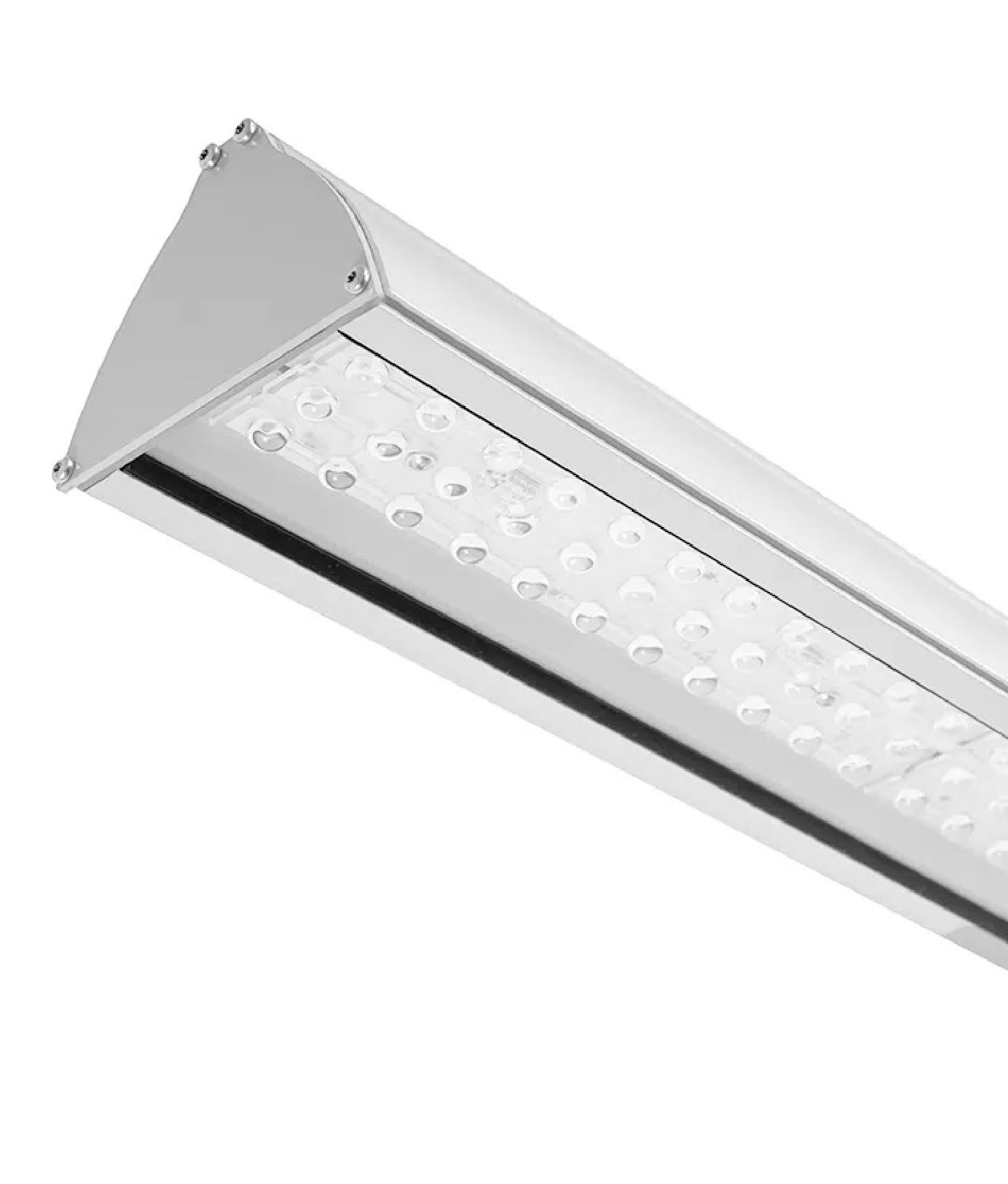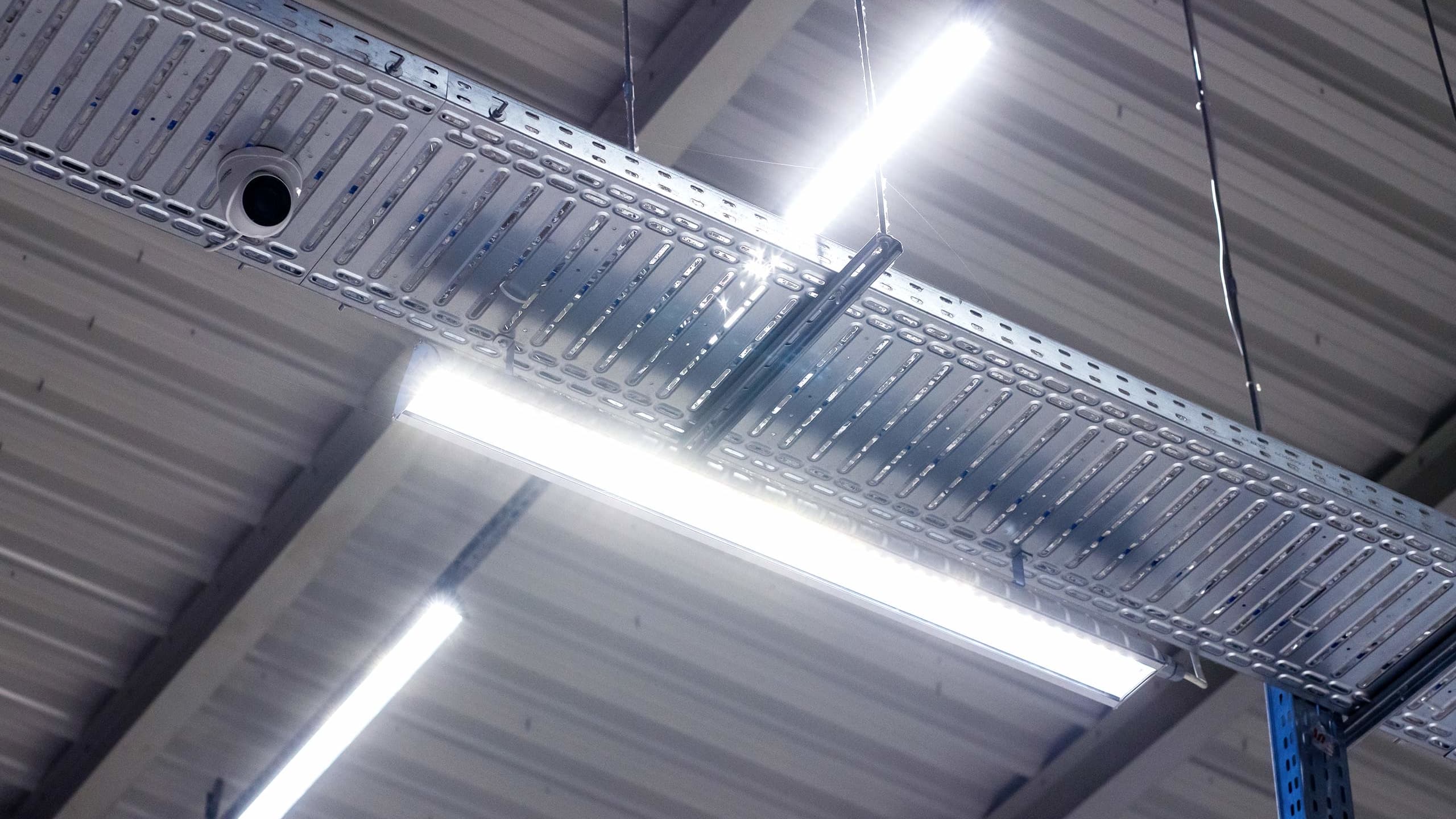The current situation on the electricity market is not favourable for entrepreneurs. Energy prices are steadily rising and, consequently, so are maintenance costs. According to Money.pl, in 2022 alone, bills for small and medium-sized enterprises increased on average by approximately 280% compared to the previous year, forcing entrepreneurs to optimise their electricity consumption.* This is evident on industry forums, where business owners are looking for potential for savings.
can reduce energy consumption and thus also reduce the company’s expenses. They also have a positive effect in reducing the company’s environmental impact. There are more energy-saving methods, such as replacing energy-intensive equipment or upgrading heating systems. The following, however, is about those we have expertise in, Luxon LED.
*Source: Money.pl, “Ogromne podwyżki cen prądu dla firm. Nowe wyliczenia” (“Huge increases in electricity prices for companies. New calculations”)
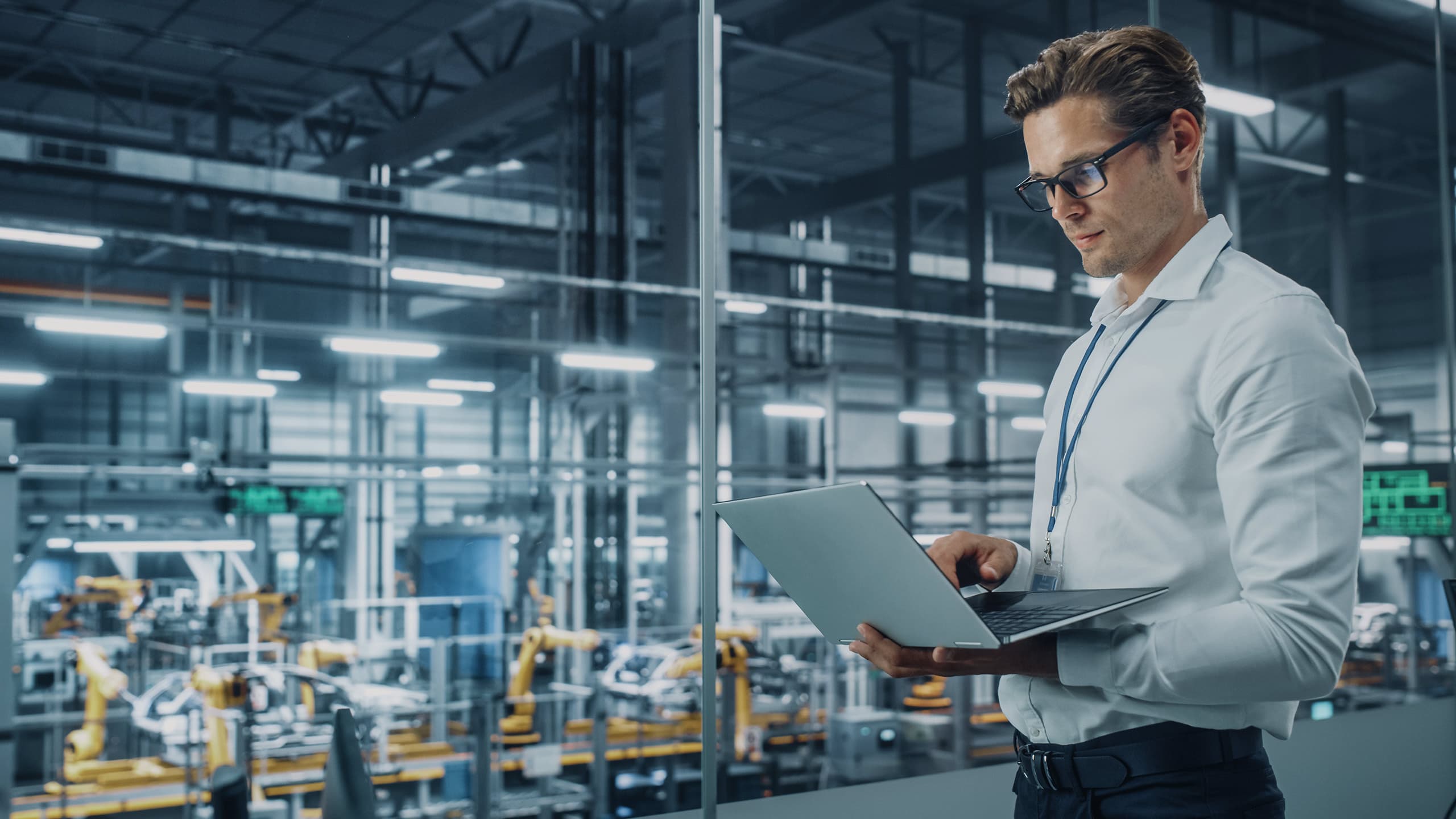
Replacing lighting with energy-efficient LEDs
One way to reduce the electricity consumed in industry is to upgrade lighting. In such facilities, the use of artificial lighting is mandatory and results from the need to maintain at least the minimum required illuminance in workplaces (these values are summarised in the PN-EN 12464-1:2012 ‘Light and lighting’ standard). Particular mention should be made here of areas with limited access to sunlight, e.g. large halls and existing buildings where the installation of windows or skylights is not possible, as well as establishments that operate a three-shift system, where the extent of savings will be even greater.
Replacing traditional luminaires with those using LED technology reduces electricity consumption. It is also a measure to improve lighting conditions by increasing the intensity, standardising light colour and increasing the colour rendering index. An example of the extent of savings following a lighting upgrade is a comparison between LED light sources and sodium luminaires.

Traditional sodium luminaires have a luminous efficiency of 80 lm/W. While the Ultima LED luminaire converts 1 watt of energy drawn from the grid into 170 lm of light. Assuming that the lighting upgrade was to be carried out in the simplest 1:1 manner, i.e.one sodium luminaire replaced by one LED luminaire, energy consumption for lighting would be reduced by approximately 58%. This result is particularly beneficial for multi-shift facilities. In this type of facility, the extent of savings becomes even greater. Meanwhile, it should be borne in mind that an additional benefit of installing new light sources is also a reduction in their failure rate and, therefore, in the money spent on troubleshooting.
Note that upgrading industrial lighting is not the same as replacing light bulbs. The replacement of light sources in plants should be preceded by an energy audit. A properly executed and detailed audit is the basis for concepts and calculations showing the most beneficial measures. Only a properly completed process is the basis for installing a new lighting system aimed at saving energy.
Audit

Concept

Calculation

Calculation, or cost-benefit analysis, is the stage that shows the potential for reducing energy consumption through a solution and its return on investment. It shows the reduction in energy and spending affected by the new lighting system. In order to illustrate how the replacement of obsolete lighting with modern LEDs can have an impact on lighting savings, the costs and their reduction during 8-hour single-shift and multi-shift operation of a medium-sized company were compared.
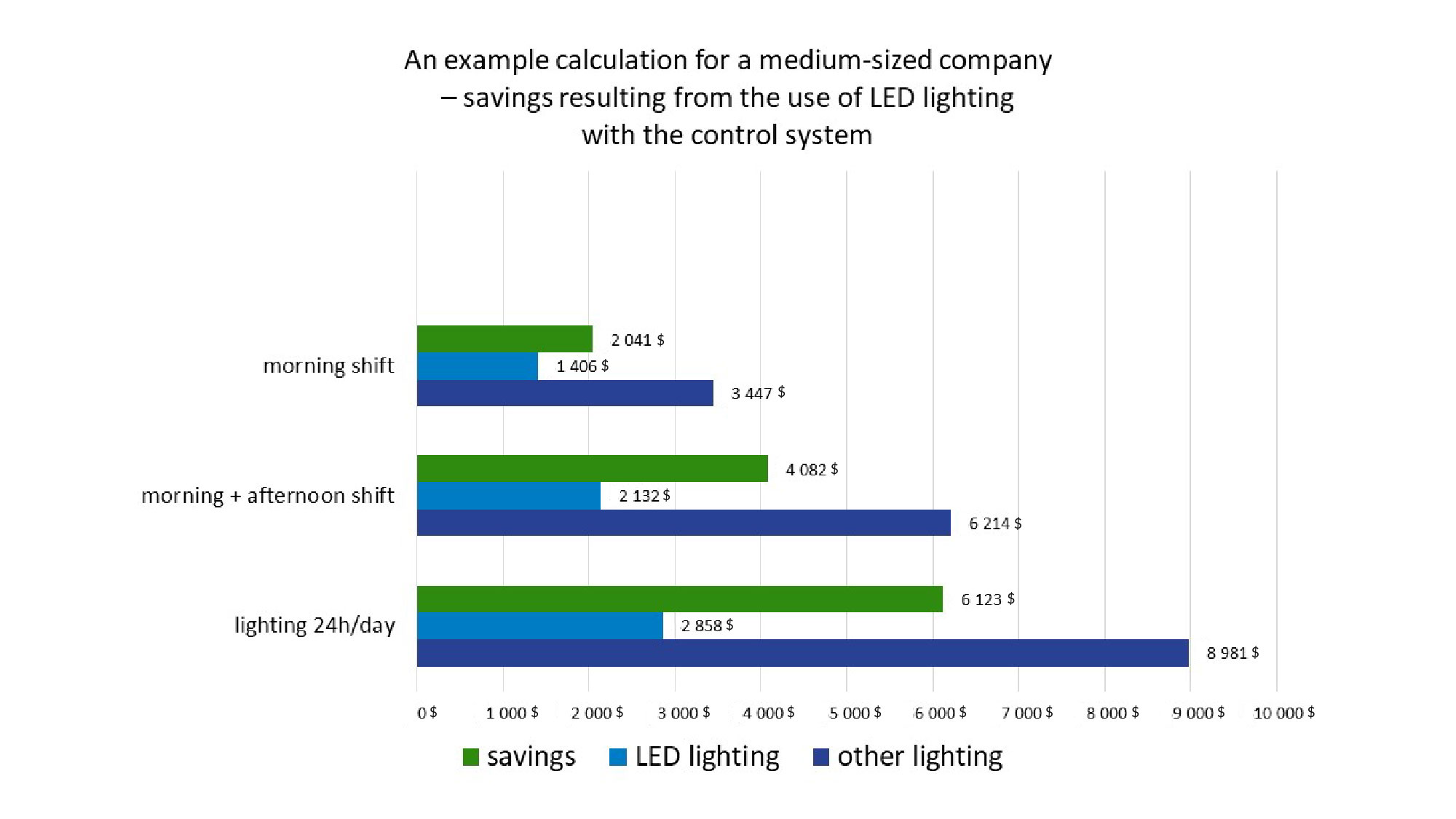
After replacing lighting in a facility with a single-shift operation, expenses are reduced by PLN 9,000, and when it comes to a three-shift operation, the amount saved increases to around PLN 27,000. However, if the benefits of lighting control and the reduction of losses due to luminaire design are added to a simple calculation, electricity consumption can be reduced by up to a further 30%.
Choosing an automatic lighting control system
The ‘turn off the lights’ rule in a company to save energy is not a workable solution. It is not possible for a facility manager to supervise employees when switching off the lights. Therefore, in order to maintain occupational safety and optimise energy consumption, it is worth using a lighting control system.
The purpose of a lighting control system is to facilitate lighting management and to increase safety and efficiency in the facility. The control can be wired or wireless, manual or automatic. Depending on the choice of the above type, the operation of the lighting is possible with various methods. Thanks to automatic control and the addition of additional components to the system, energy savings become more effective.
The main functionalities of the lighting control include management of groups of luminaires, the possibility of programming them with preset parameters that change over time, and automatic adjustment or detection of faults and failures. This is facilitated by providing the system with additional motion, presence and daylight sensors and operating schedules. With these, it is possible to achieve a reduction in energy consumption by changing the lighting intensity and limiting the luminaire output.
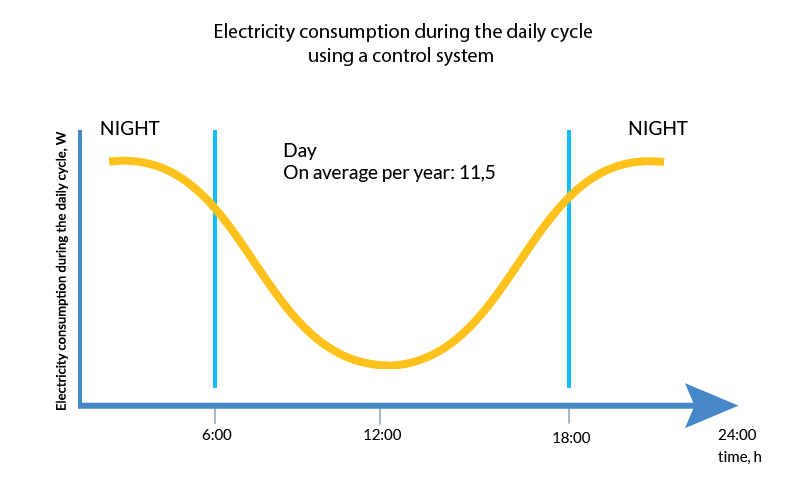
The control system makes it possible to reduce the electricity consumed by the light sources. The diagram above shows a simplified operation of a lighting system equipped with control and solar radiation intensity sensors. At night, when artificial lighting is needed to maintain the right amount of light per plane, the luminaires operate at their highest output. Conversely, during the day, when daylight is reaching the facility, the intensity of the artificial lighting is reduced. Bearing in mind that, in Poland natural daylight can be used for more than 11 h a year on average, adjusting the power of the luminaires significantly reduces electricity consumption while maintaining the comfort of the system user. Consequently, the cost of maintaining an industrial plant, particularly during multi-shift operation, is significantly reduced. The energy spent on operating the lighting system can in some cases be reduced by up to 90%.
Installation of a photovoltaic system
Ever-increasing electricity prices are forcing investors to look for ways to save energy in their businesses. One approach is to install an independent power source, i.e. a photovoltaic system. An individual source of electricity can either fully or partly satisfy the needs for the company operations. This solution can significantly reduce its maintenance cost. Note that photovoltaics in an industrial plant can function in one of three systems:
- On-grid, which is when it is connected to the electricity grid. In this case, the surplus energy produced can be sold to the supplier.
- Off-grid which involves disconnecting the plant from the public electricity grid. The energy generated is then stored in batteries.
- Hybrid, which is a system combining both solutions. In this case, the excess energy is stored in the batteries and, when these are fully charged, the remaining energy can be sold to the supplier.
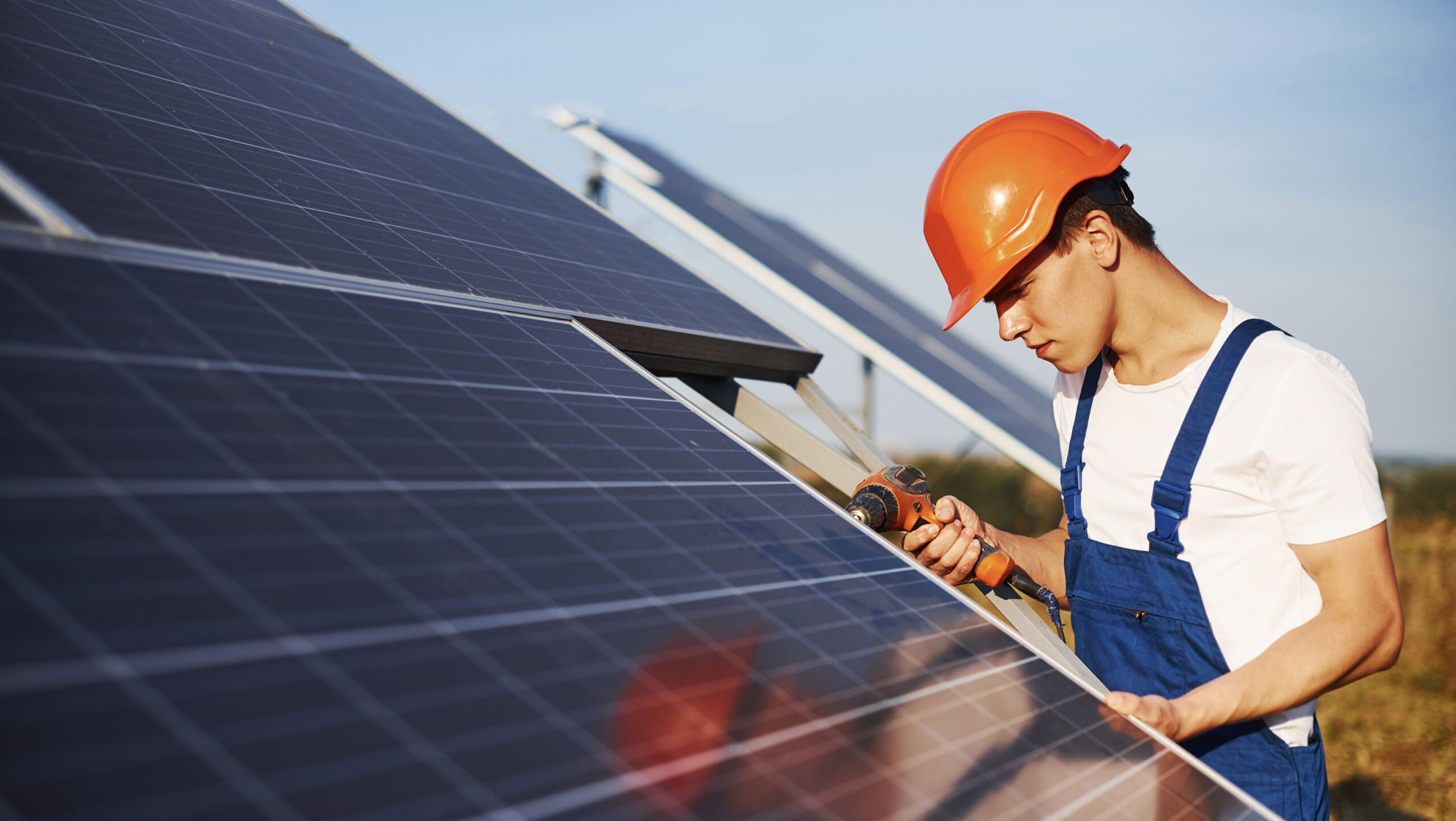
The greatest savings can be made by maximising self-consumption. As little as 1 kWp of installed capacity is capable of generating around 900-1100 kWh of energy per year, provided the panels face south at an optimum angle of 30 degrees.
The size of an in-house power plant is usually selected on the basis of the electricity consumed by the facility and the structural capacity of the building or the space on the ground. In the case of industrial facilities, however, roof mounting is the most common choice. When designing a PV system, it is also important to bear in mind the constraints involved. First and foremost, the size of the system influences the need for additional measures and relevant documents. Any system installed on a roof surface must be preceded by a load-capacity analysis. A medium-sized company usually invests in a system of up to 50 kWp. This is due to the lack of need for additional permits and documents, in particular the building design. This type of system is capable of producing up to 50,000 kWh of energy per year. And its return on investment, due to ever-increasing energy prices, is increasingly short.
Installing energy storage and equipping a building with heat pumps
The optimisation of the cost associated with electricity consumption in an industrial facility can also be achieved using other methods. Both, the installation of an energy storage facility and the retrofitting of heat pumps allow maximum use to be made of the power produced by the building’s own photovoltaic system. The use of both solutions increases self-consumption and therefore savings.
Storing energy in batteries is one way of optimising power consumption from the electricity grid. Surplus power generated by PV modules is transferred to storage, which can then be used to power on-site equipment. In this way, all or most of the energy can be used within the company instead of being sold to grid operators at a less favourable rate. Another benefit of having energy storage is the possibility of reducing peak loads in the case of high-capacity equipment. As a result, the power ordered does not have to be that high, which helps reduce the bills. Energy from batteries can also help in the event of temporary power shortages in the grid.
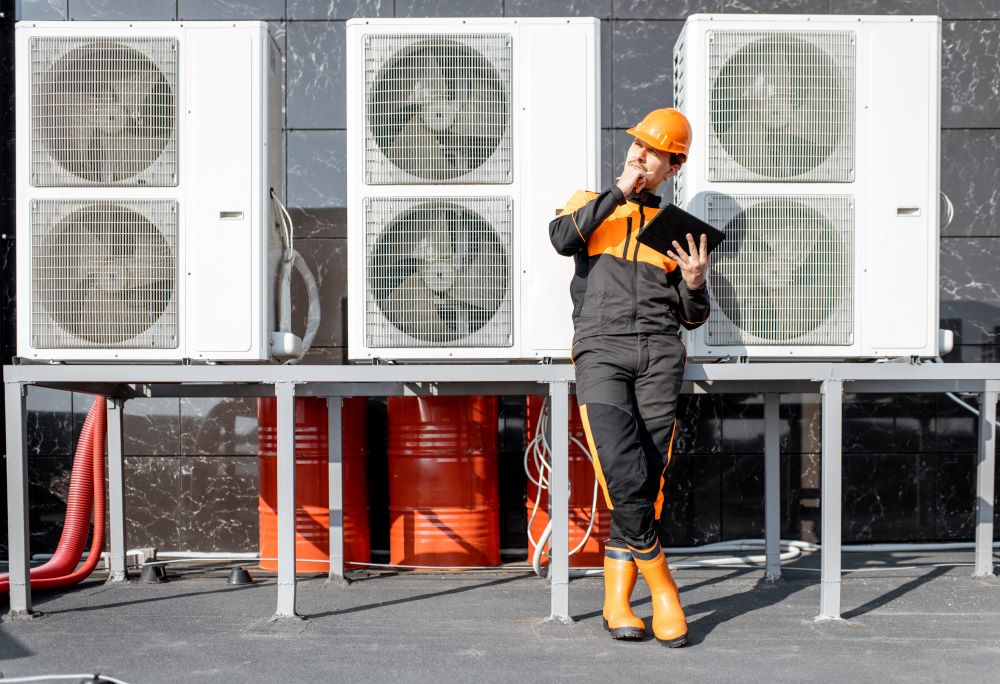
The combination of photovoltaics and heat pumps, two sources of renewable energy, is an environmentally friendly and cost-effective solution. Even though they require the voltage that the compressor needs to operate, it still often reduces the facility operating cost compared to conventional systems. Heat pumps in industry are most commonly used for heating and cooling, and can also provide domestic hot water. Various types of equipment are installed for this purpose, e.g. air-to-water or brine-to-water. The heated medium can be transferred to heating/cooling/ventilating units and fan coil units, among others. Usually, one heat pump is not enough, which is why they are combined in sets to provide more heating/cooling capacity.
Looking for other sources of savings
There are also other ways to reduce energy consumption in a company. To do so, it is essential to observe and measure where it is being consumed. Energy management systems are used for this purpose. These make it possible to monitor, control and manage individual components of the system. Therefore, for example, the guaranteed life of the installed lighting takes into account the actual operating conditions. In addition, such a system saves time in locating faults and optimising energy consumption from the grid.
The additional generation of reactive power can also be a reason for a high electricity bill. In order to reduce the expenses associated with power consumption by such a plant, it is advisable to balance the active and reactive power. In some cases, this is done through the use of reactive power compensators.

Masz dodatkowe pytania?
Zapytaj naszego eksperta
See other articles
What is discomfort glare?
Every one of us has, on more than one occasion, experienced dazzling light, which, in practice, is known as discomfort glare. Commonly referred to as glare, this effect adversely affects the eyes, reducing vision and recognition.
Lumens to watts – how to convert the luminous flux?
The luminous flux of LED lighting is given in lumens. With traditional light sources, on the other hand, the luminous intensity was usually determined as the power they consumed in watts. To be able to at least compare the two sources to some extent, it is necessary to convert lumens to watts. Therefore, in this article we address this issue.



